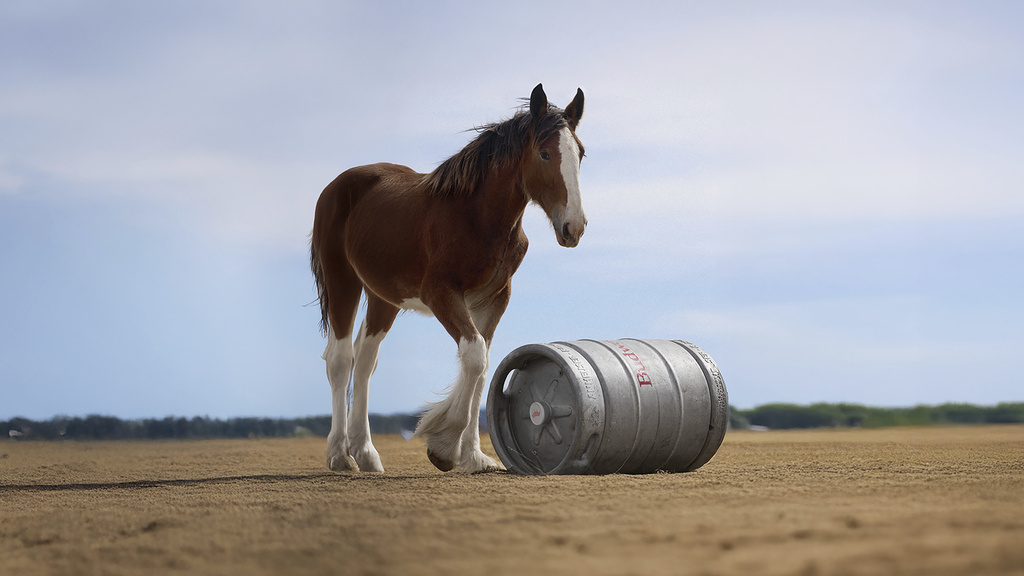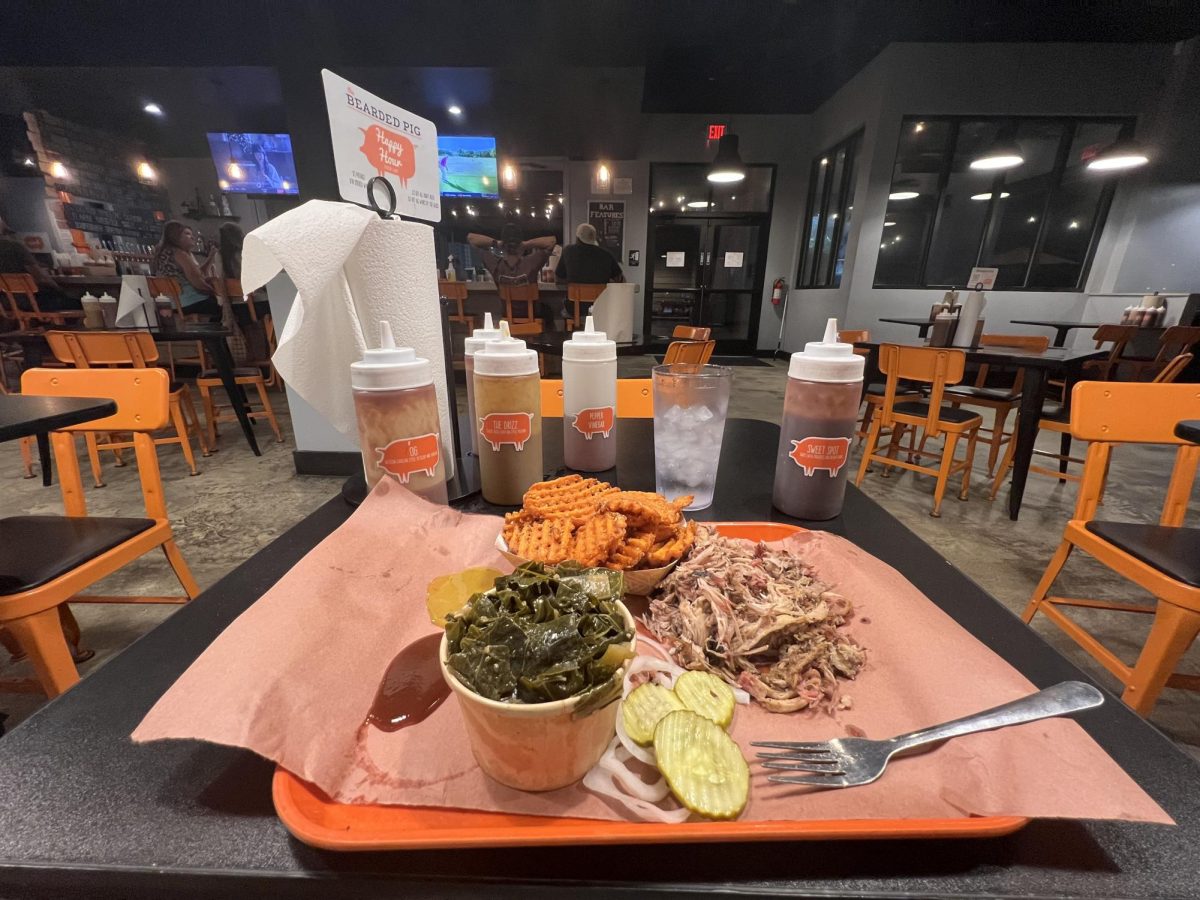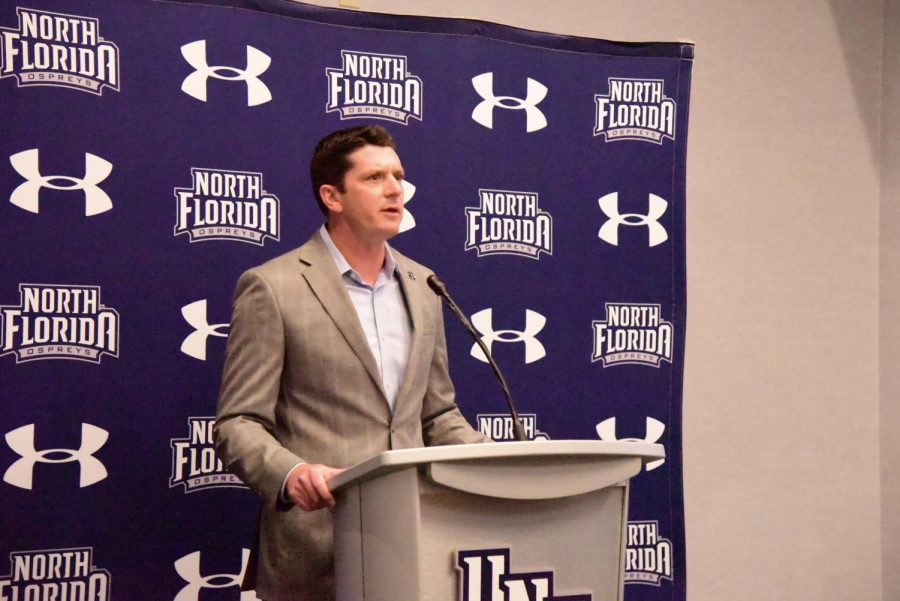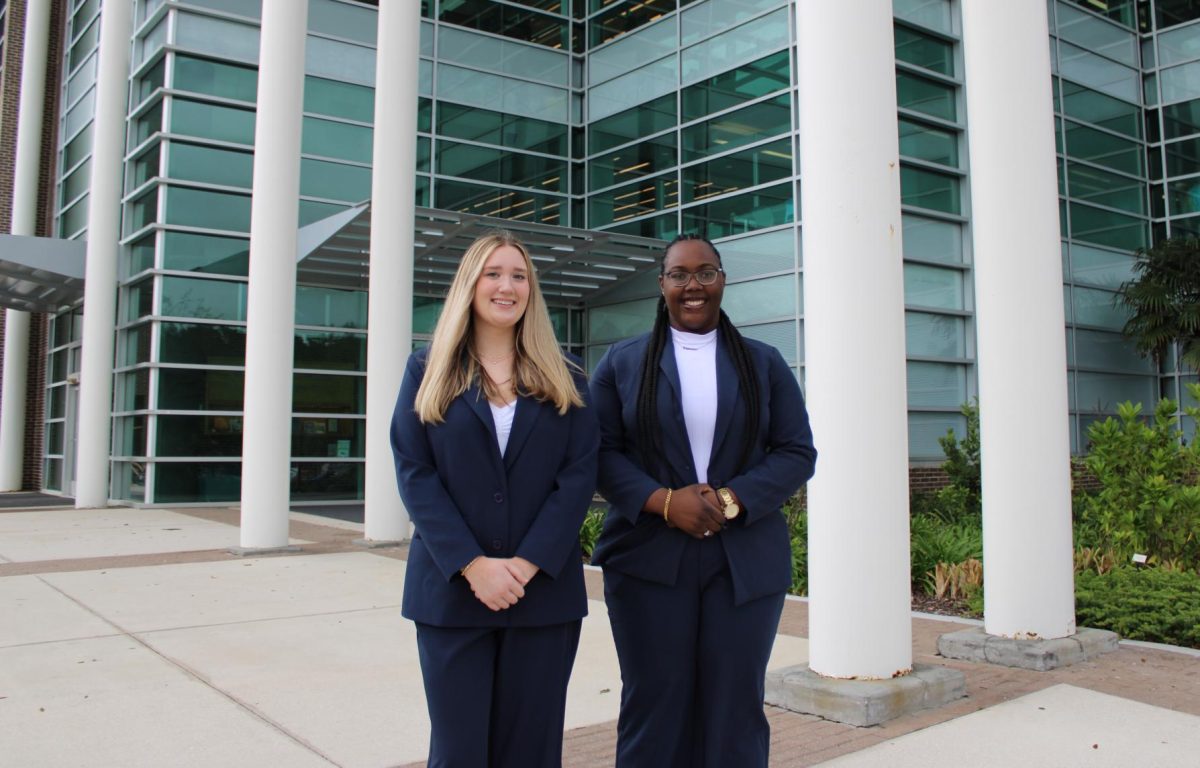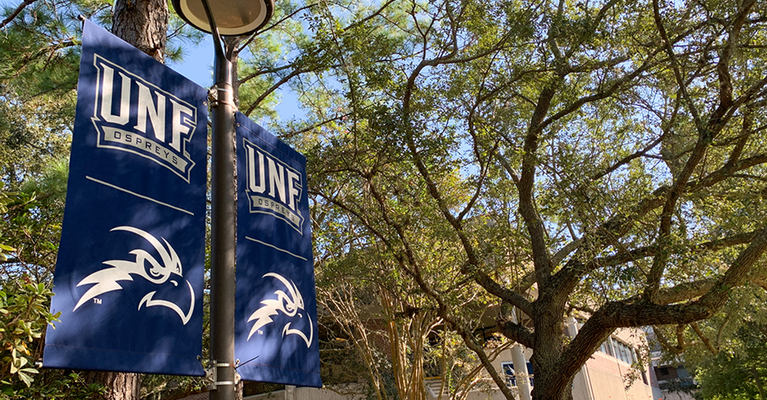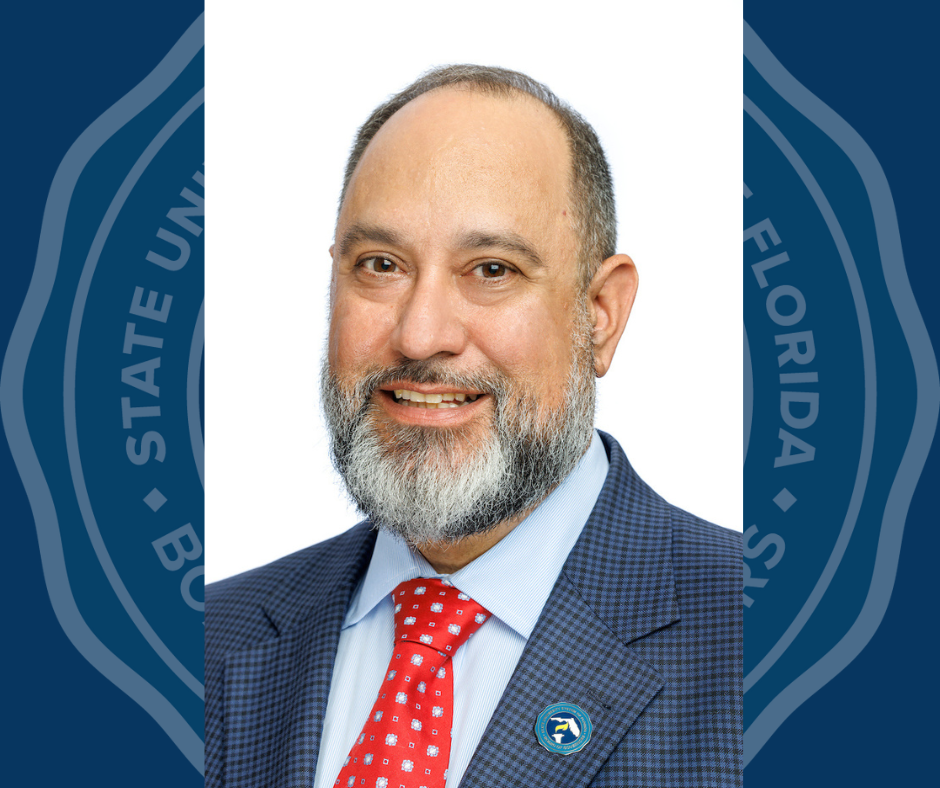[Eds Note: This article has been published in partnership with Spinnaker Radio to feature LGBTQ+ music artists and celebrate Pride Month.]
Rock singer-songwriter Melissa Etheridge grew a passion for music at the young age of eight when she learned the guitar.
Neither of Etheridge’s parents were musicians; her father was a psychology teacher and her mother was a computer consultant. This didn’t deter Etheridge from pursuing music. She began writing songs at 11 years old and briefly attended the Berklee College of Music.
After a year at Berklee, Etheridge dropped out and moved to Los Angeles to perform. She was discovered by Island Records in 1986 where she began writing songs for movies. Etheridge has written music for the movies Weeds (1987), Welcome Home, Roxy Carmichael (1990), and An Inconvenient Truth (2006).
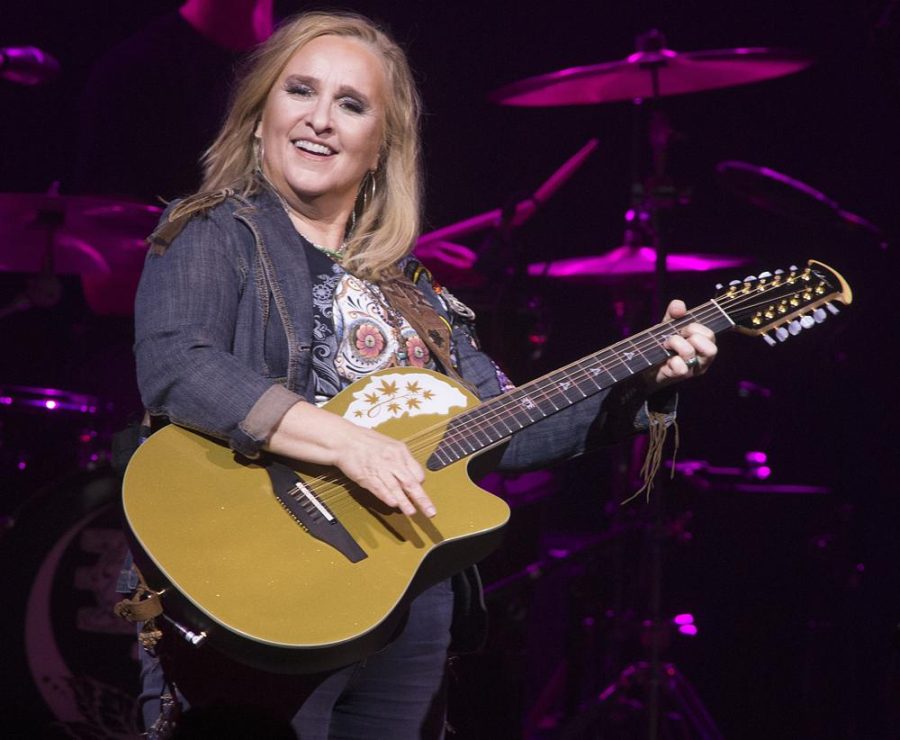
In 1988, Etheridge released her debut self-titled album. The single, Bring Me Some Water, became a hit, leading her to perform at the 31st Annual Grammy Awards where she earned her first Grammy nomination. Her next album, Brave and Crazy, earned her another nomination but Etheridge didn’t win her first Grammy until 1993 for Ain’t It Heavy.
At the 1993 Triangle Ball, Etheridge revealed that she is a lesbian.
“I’m proud to say right here, I’m proud to have been a lesbian all my life,” Etheridge said at the celebration, according to In Magazine.
In Etheridge’s autobiography, The Truth Is: My Life in Love and Music, released in 2002, she wrote about being a female in the rock music industry, how she told the world she is lesbian, and more.
Diagnosed with breast cancer in 2004, Etheridge recovered from the illness and was able to perform at the Grammys in 2005. She paid tribute to Janis Joplin by singing Piece of My Heart.
Composing I Need to Wake Up for the movie An Inconvenient Truth earned Etheridge her first Academy Award for “Best Song” in 2007.
Over the next few years, Etheridge released an abundance of music including The Awakening, Christmas album A New Thought for Christmas, and Fearless Love. Her first independent album was This Is M.E., released in 2014 and hit the Billboard 200.
While performing, Etheridge spoke with the Spokesman about writing her new book.
“I have so much to write about musically. I’m inspired by so much that is coming out now. I love the queer country music that is happening now. I love the Black Country artists. Country is where the real songwriting is,” Etheridge said to the Spokesman.
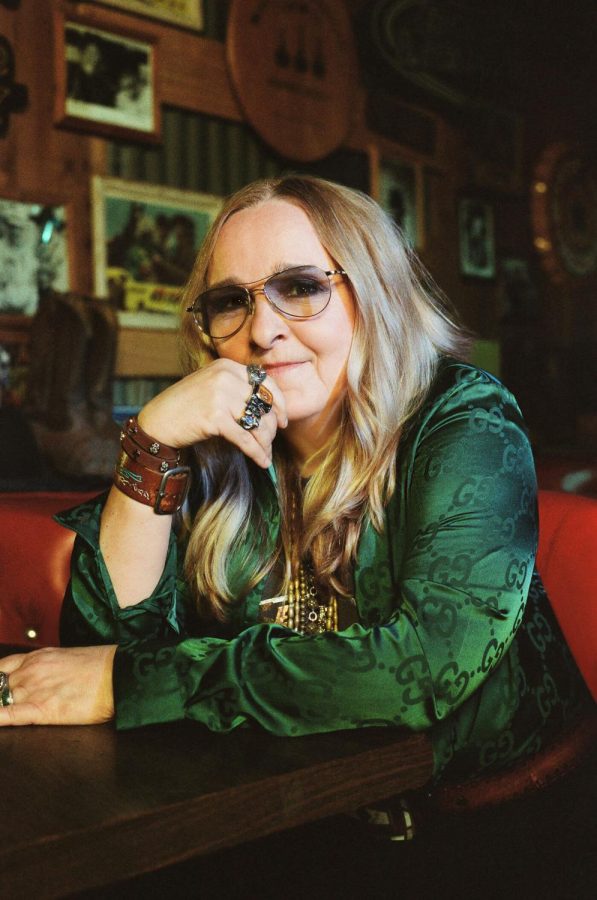
That Would Be Me is a song from Etheridge’s most recent album One Way Out, released in 2021.
Distorted electric guitar opens That Would Be Me in the right pan with hits of an open hi-hat. A drum fill sets the way for the rock groove to settle, melodically ornamented by a harmonica.
Etheridge’s classic, raspy voice replaces the bright harmonica. Acoustic guitar mimics the electric. The drum set fills the gap between the verse and the chorus while all instruments sustain.
After a passionate vocal sequence, the harmonica reintroduces itself for the latter of the chorus.
Another percussive fill is followed by the drum beat, incorporating frequent hits of the crash cymbal. The harsh strums of the guitars and strong drum set relay the anger in Etheridge’s lyrics.
Etheridge allows her vocal range to flourish in an ascending arpeggiation followed by a strong belting pulse in the bridge.
Harmonica persists in the instrumental break with the impassioned drum set.
The first alleviation of intensity ensues in the final chorus. The drum set slowly builds anticipation for the rock groove to come back. Etheridge repeats the hook twice, allowing the beat to peak and conclude.
Melissa Etheridge’s music can be found on Spotify, YouTube, and Apple Music.
__
For more information or news tips, or if you see an error in this story or have any compliments or concerns, contact editor@unfspinnaker.com.




